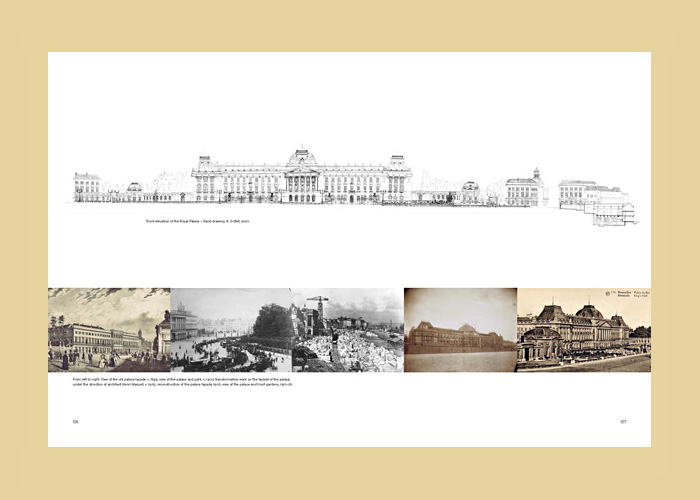Institutions & The City: The Role of Architecture
Gérald Ledent, Cécile Vandernoot (Eds.)
Park Books, 2022
€38,00
Institutions—for example the state, the church, the army, the judiciary, the bank, the university, or marriage—organize social relations. As social structures, they regulate societies according to various practices, rites, and rules of conduct, and guide our actions by delimiting what is possible and thinkable. Institutions’ individual scope depends on how a society understands them. They are in perpetual mutation and thus form complex entities. Architecture plays an essential role in the establishment, identification, and perpetuation of this social structure as it formalizes value systems in space and represents ideologies in permanent physical structures. Architecture establishes and reveals the way an institution functions through different strategies.
Institutions & the City investigates this role of architecture, taking the Tracé Royal (the royal route) in Brussels as an example of an urban figure. This succession of emblematic streets, running from the Palace of Justice in the heart of the city to the Church of Our Lady and the Royal Domain in Laeken, is home to several of Belgium’s national political, legal, religious, financial, and cultural institutions. The book explores the strategies put in place over time by the various institutions to inscribe themselves durably on the country’s social order, revealing similar spatial responses and surprisingly common mutation processes. And it highlights the importance of architecture when it comes to inventing new relationships with institutional spaces in order to live together better in a time when social, political, and cultural reference points are being blurred.
ISBN: 9783038602934









